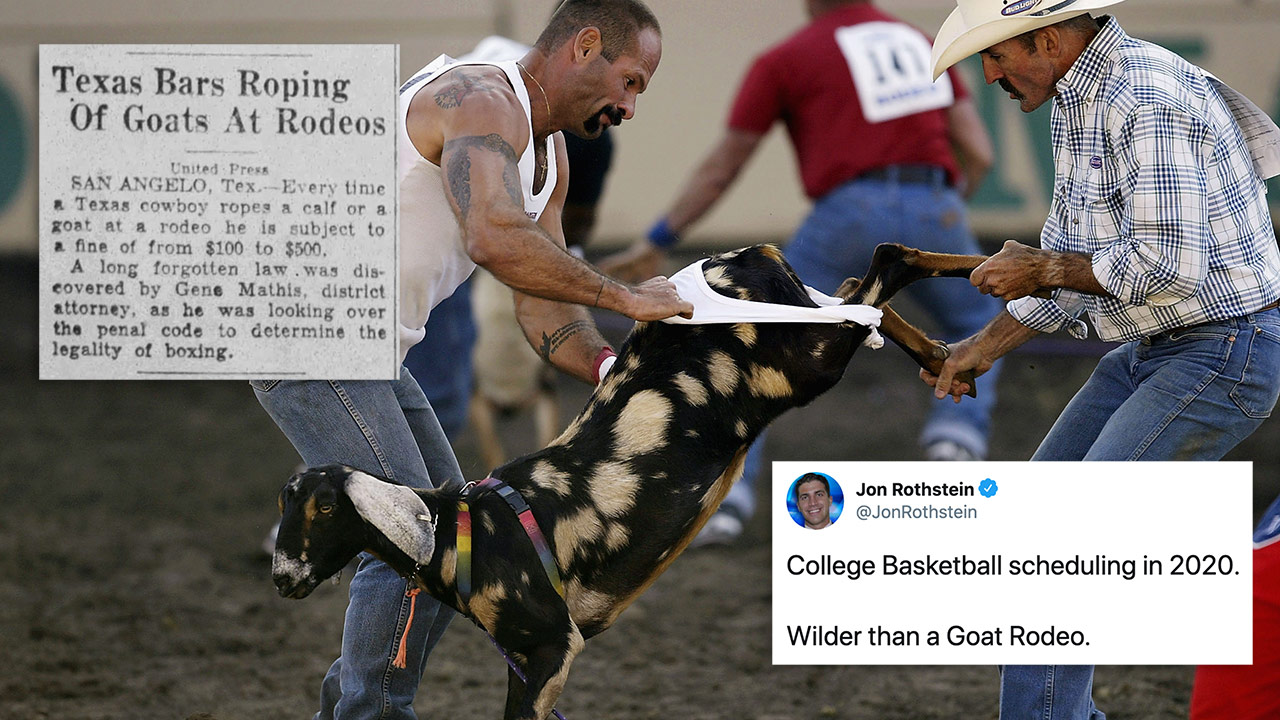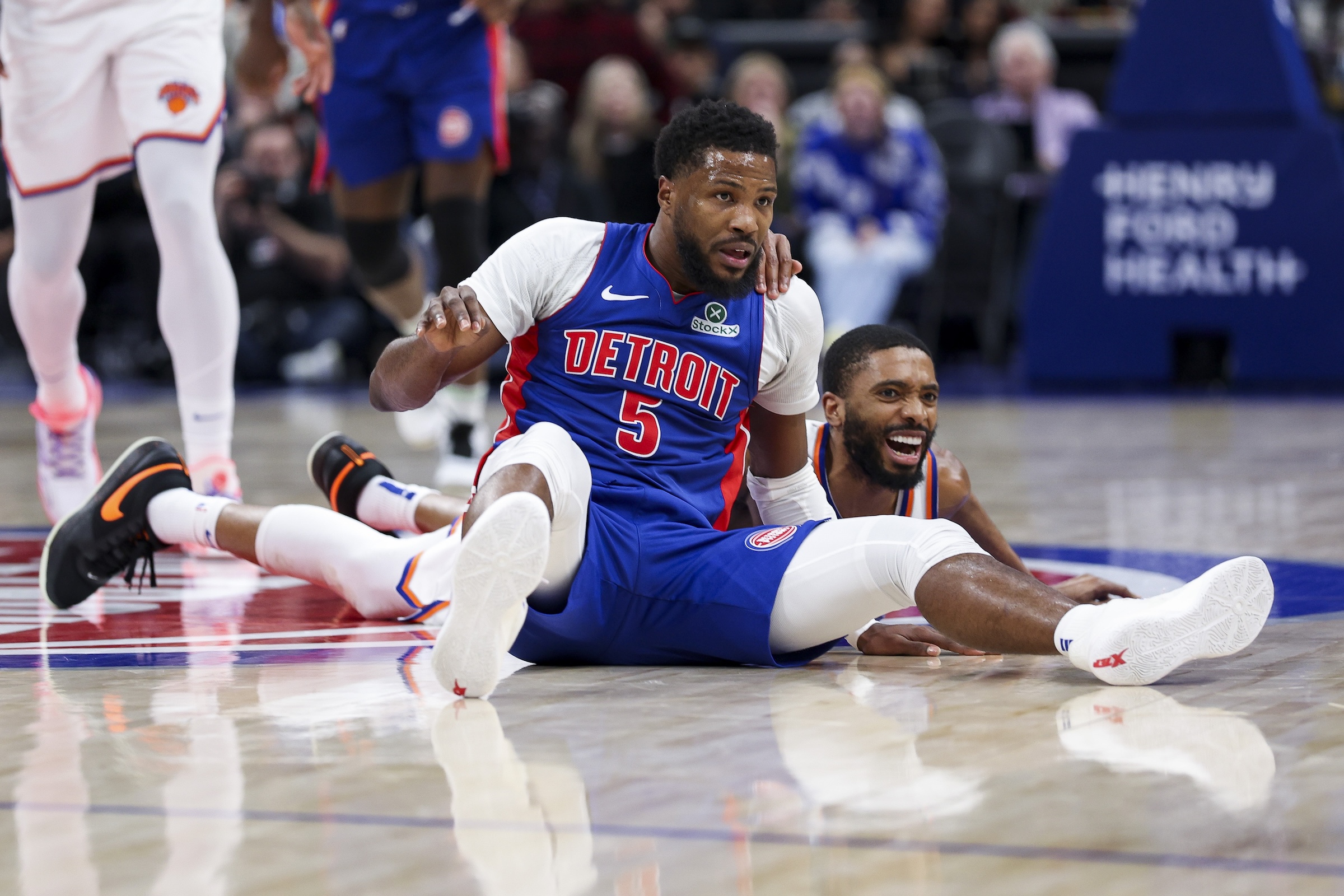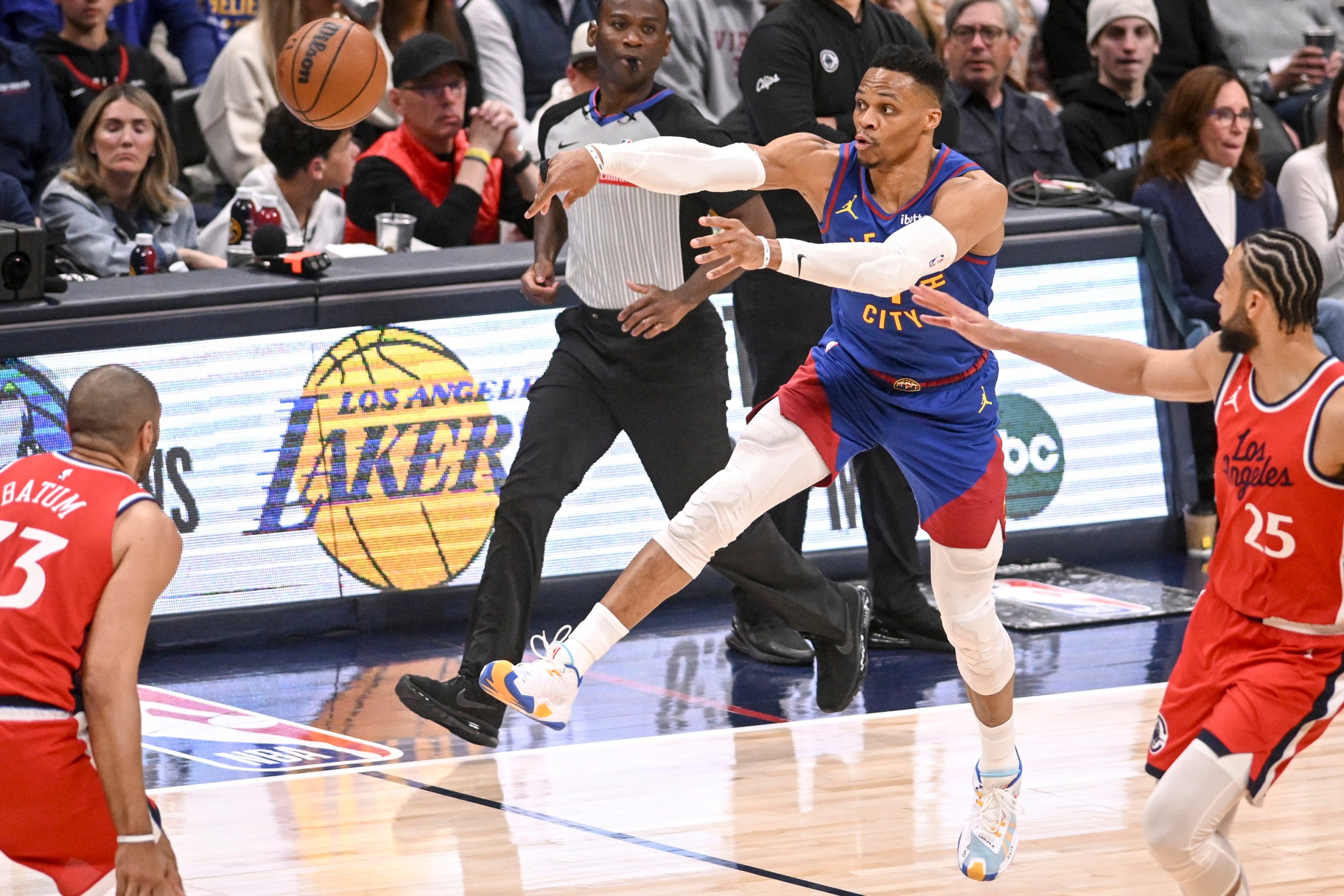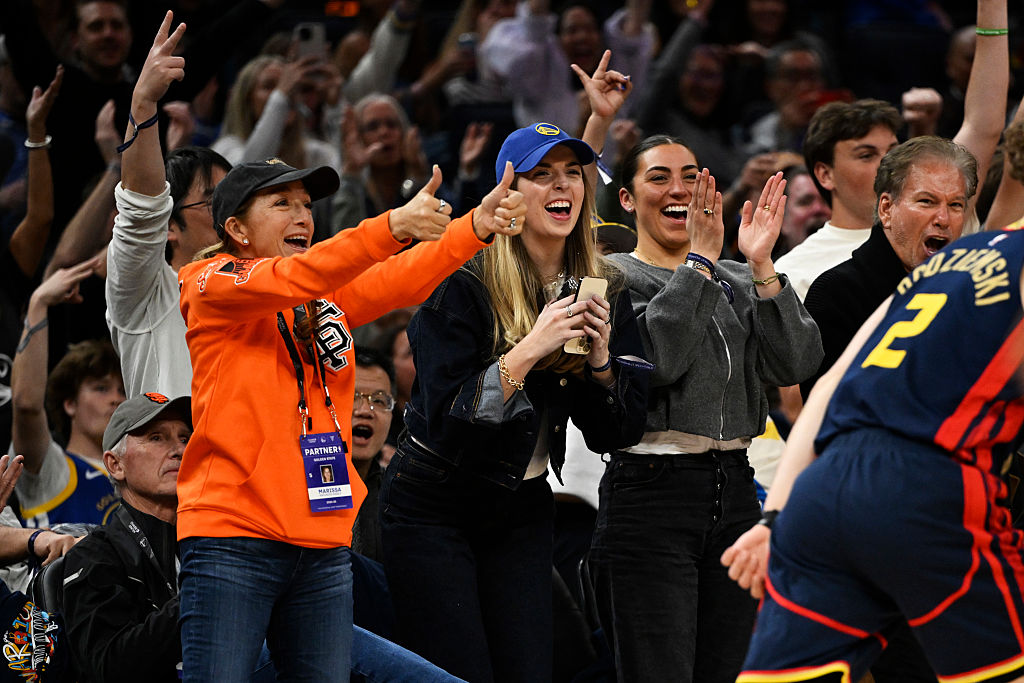In just a week, college basketball teams can start practicing. Games can begin on Nov. 25. But with the start of the season just 49 days away, teams have yet to announce full schedules. Most teams only have a game or two on the schedule, and they’re generally slated for “bubble” sites like casinos.
The novel coronavirus wiped out the end of the last college basketball season, and it's making the start of the 2020-21 season a mess. Late last month Jeff Borzello wrote that people throughout college basketball called the scheduling process a “shitshow,” though since he was writing for ESPN he had to phrase it awkwardly. “Fluid is a good word for the entire basketball scheduling landscape at the moment,” wrote The News and Observer’s Luke DeCock. East Tennessee State coach Jason Shay sounded exhausted by it: “I needed games when I got the job and here we are October 1 and now trying to re-do a whole new schedule with getting nine games in December or the end of November. It is frustrating.”
Shitshow. Fluid. Frustrating. These are all good terms for the 2020-21 men’s college basketball season. But there's probably one term out there that's better than any of them: Goat rodeo.
That term comes to us from Jon Rothstein, a reporter for CBS Sports and, per his Twitter bio, “College Basketball's Hungriest Insider.” In 2018, David Roth wrote about his “stable of rotating catchphrases” on Twitter, the most notable of which is “This is March” (a term he later trademarked). He has since progressed to selling a line of shirts that say “This is March” or reference how Rothstein compares Villanova to a Fortune 500 company (“It runs itself”).
And now it seems like Rothstein is trying to make Goat Rodeo happen. This month, he’s already used it four times, including twice yesterday. Longtime ’steinheads will know that's not terribly high for him—but this is a new catchphrase, after all. He needs some time to start getting used to it, and to ease everyone else in.
I was unfamiliar with the term before this month. It appears to come from aviation and military circles; according to the 2015 anthology Warlords, Inc.: Black Markets, Broken States, and the Rise of the Warlord Entrepreneur, the term “is taken from aviation, where it means a situation in which several impossibly difficult things have to simultaneously go correctly for there to be any realistic chance of survival.”
It began to show up in newspapers as an idiom in the late 1990s, like in this 1997 essay in The Herald of Jasper, Indiana, from a U.S. Army Reservist who fought in Bosnia: “After work, everyone writes a report about the new schedule and gives it to the boss. Every report has this as an opening statement: ‘What moron choreographed this particular Goat Rodeo?’” A San Francisco Examiner story from 2000 says goat rodeo is “tech-speak for a screw-up involving too many factors to manage.”
In 2011, Yo-Yo Ma and others collaborated to make The Goat Rodeo Sessions, a classical/folk album which won two Grammys. “If there were forks in the road and each time there was a fork, the right decision was made, then you get to a goat rodeo,” Ma said upon the album's release. Dictionary.com’s slang dictionary says the term means “something going totally, unbelievably, disastrously wrong, and there’s nothing left to do but to sit back and watch the trainwreck.” Like any good phrase, it has slightly different meanings depending on who’s using it.
The Dictionary.com definition ends with this sentence: “And yes, there are also literal goat rodeos.” Much like the term, I was unfamiliar with actual goat rodeos. I first thought of Whiplash the Cowboy Monkey, the rodeo and minor league baseball act with a white-headed capuchin monkey cowboy—but that monkey rides a border collie, not a goat.
But goat rodeos have existed for a long time. They were so common that Jake Atz—a former MLB second baseman who managed the Fort Worth Cats to seven straight Texas League titles in the 1920s—used the term as a metaphor when recapping a game of the 1926 Dixie Series, in a story titled “Dallas Has Big Goat Rodeo”:
I’ve seen them catch goats all sorts of ways. But I never saw them grab one by waving handkerchiefs before. That's what happened in Dallas Tuesday. Those fans jumped up, yelled and waved their handkerchiefs. Even then, I don't think Martina would have lost his goat if one big guy hadn't waved his night shirt.
When Joe saw that nightly flapping in the breeze, he must have thought the anti-Black Shirt party. You know, “Oyster” Joe is one of these Fascisti-Mussolini kind of people who gargle spaghetti.
Anyway, a rodeo, a goat rodeo followed, with all us experts riding nobly.
Very few sports columns nowadays take a break in the second paragraph to call the opposing team’s pitcher a spaghetti-gargling fascist. But, much like the term goat rodeo itself, I could see that coming back.
The first real mention of a goat rodeo I could find came from United Press story in 1931. The two-paragraph piece has to be one of the great short stories ever written:
San Angelo, Tex.—Every time a Texas cowboy ropes a calf or a goat at a rodeo he is subject to a fine of from $100 to $500.
A long forgotten law was discovered by Gene Mathis, district attorney, as he was looking over the penal code to determine the legality of boxing.
So goat rodeos were illegal in Texas from 1931. It did not stop them from happening. A 1935 story in the The Courier-Gazette of McKinney, Texas proclaimed that everyone in town should go see the goat rodeo:
One of the attractions on the Midway is the Texas-Max Monkey and Goat Rodeo, in charge of Mr. MacFadden. These animals are highly trained and have traveled over the entire nation. “Maggie and Jiggs,” “Dinty Moore” and other well-known comic characters are splendidly illustrated by the monkeys. Included in this feature is a tiny horse, 30 inches high, 12 years old, weighing 11 pounds, which the monkey rides, using a miniature saddle, not tied on to the animal. The antics and didoes which these monkeys and goats display prove a treat for both old and young alike and never fail to create much merriment and curiosity on the art of the crowds.
Another event the newspaper was pushing that week was a celebration for Confederate veterans. That's another thing you don't see much of in newspapers anymore; this one I don't see coming back anytime soon.
Per the Arizona Republic, in the early 1930s a man named Dr. K.K. Bowsher ran a weekly goat rodeo. (I'm not sure if he had his M.D.) "For the event last Sunday,” the Republic reported, “Tom Pettit roped and tied a goat in 10 seconds, which is supposed to be something of a record."
Goat rodeos continued to exist past the '30s. In a 1974 profile of a couple—the Nothstines, sometimes jokingly called the Goatstines—the Maryville Daily Forum explained in detail how great goats really are:
With increasing demand for goats, one can join the Dairy Goat Association, read a dairy goat journal or go to a goat rodeo.
“The image people have is dirty stinking old goat.’ That’s just not true. Anyone can call me an old goat and I’d be quite honored,” Nothstine said.
All of this is to say: It's nice to see “goat rodeo” re-entering the American journalism lexicon. What's odd is how Rothstein is using the term. If he just said college basketball scheduling in 2020-21 was a goat rodeo, it would work. It would also be correct, given that scheduling this year does seem to be a complicated process in which everything has to go right. But he says scheduling is wilder than a goat rodeo. Are goat rodeos—the events themselves, not the calamitous pile-ups described by the phrase itself—even particularly wild?
My first thought was to check with the professionals. The Professional Rodeo Cowboys Association is the largest rodeo organization in the world, and I scoured their latest media guide. It appears goats are not really part of the rodeo circuit; the only mention of them is this: “Other specialty acts feature trained animals such as horses and dogs (even monkeys, goats, mules, and llamas) who perform astonishing tricks.” There is an event in gay rodeo called “goat dressing,” where two competitors work together to put a diaper on a goat:
After watching a little bit of this event, I have to admit: It is pretty wild. Is it wilder than scheduling college basketball games? I don't really know and it's really probably a matter of taste, but Jon Rothstein surely knows better than I do. So let’s say it is.






